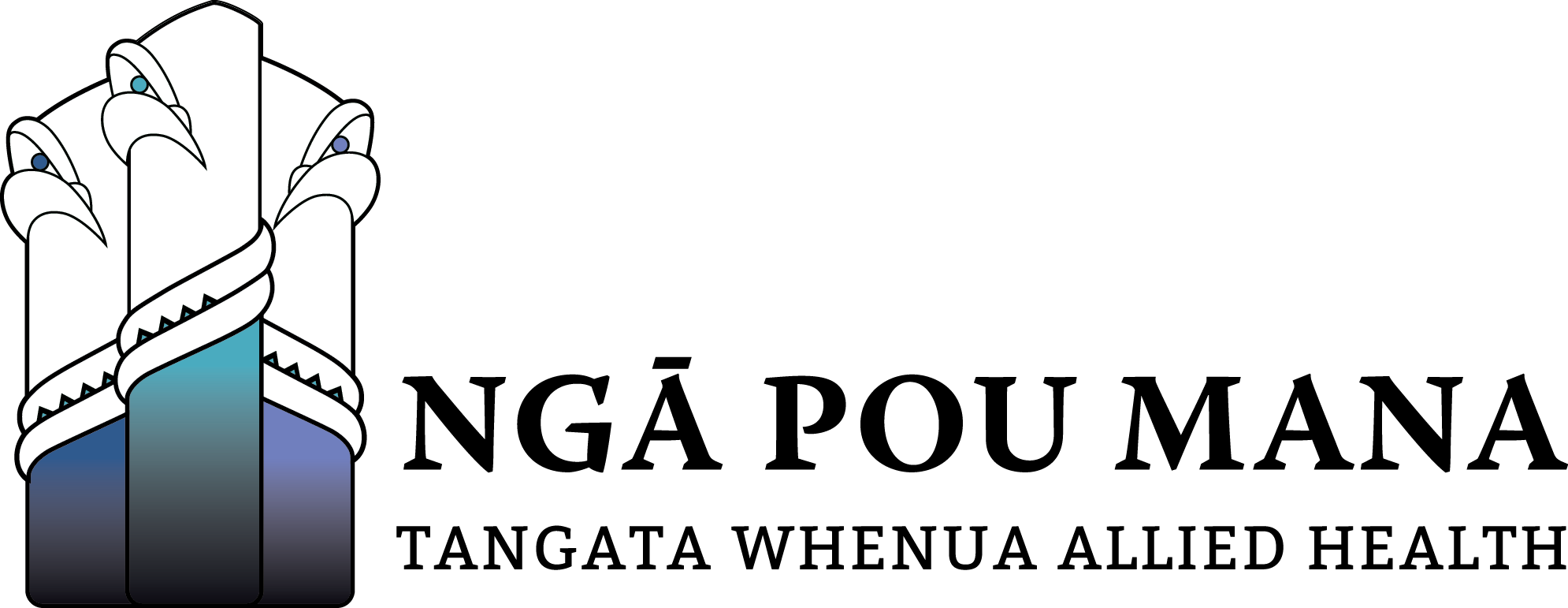Activity
Everyday wellbeing tips
Making small steps each day can help you traverse mountains.
Monday
Be kind to yourself
We can put pressure on ourselves to achieve, reach deadlines even when our to do list becomes long and unmanageable. Be kind to yourself. You can only do so much.
Tuesday
Swap coffee for herbal tea or water
Starting the day with a coffee, can help stimulate you, if you find you are having too many coffees thought through out the day, why don’t you change to a herbal tea or water after lunch.
Wednesday
Turn your phone off
Devices can be distracting. If you have a work phone, it is a good idea to make a clear boundary by turning it off at the end of the day.
Thursday
Pat a dog or cat
Patting a dog or cat can lower stress hormones (such as cortisol), and increase oxytocin, to produce good feelings.
Friday
Thank someone
Next time you notice a colleague do something worth noticing, say thank you.


